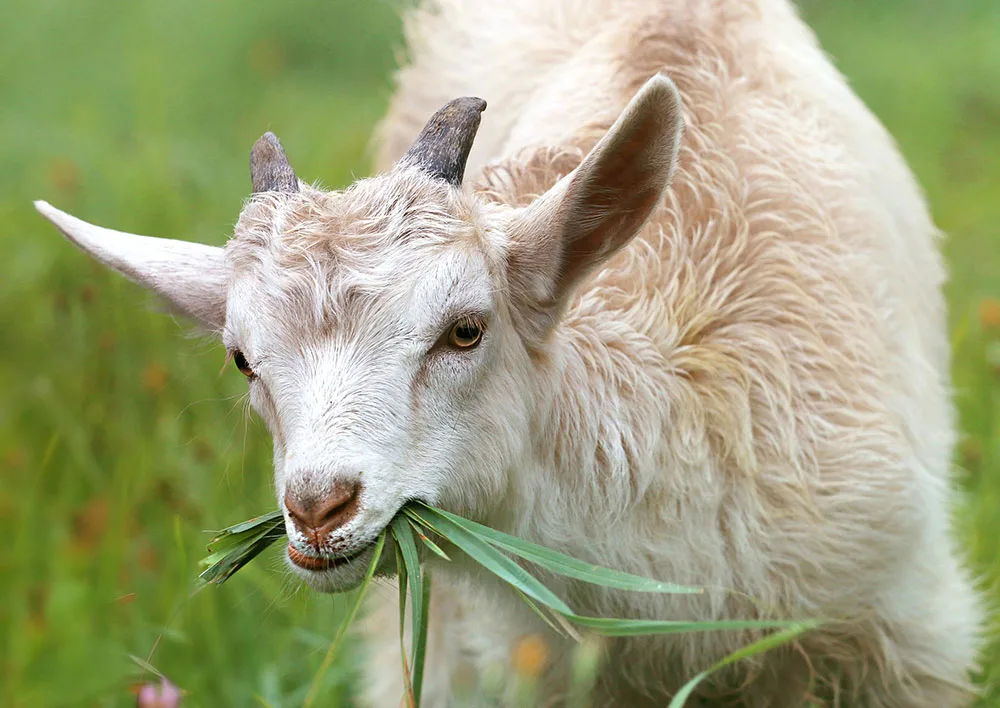Subsistence farming is a term often heard in today’s world. It would be delightful if everybody could get into this style of farming! One of the few concerns, however, is that subsistence farming is only for people who live in warmer climates and that people in colder climates cannot accomplish the same yields. Subsistence farming in colder climates is not only possible but if done properly can be very successful.

What is subsistence farming?
Subsistence farming, at its core, means a farm is capable of growing enough food to feed the farmer and his or her family. In a world where food is constantly modified and sprayed with chemicals in order to have better shipping and production costs, subsistence farming is gaining popularity.
To feed a family of four requires only about two acres of land. This land can be used for farming vegetables and wheat in addition to raising livestock. Both are important aspects to subsistence agriculture.
Subsistence farming is something that takes some time, money, and effort. There is a reason why farmers work as hard as they do: farming is not an easy task. There is a lot of research that goes into the various aspects of farming. How much dairy will the goats produce? How much grain will be harvested for flour and how much will that weigh once processed? There are many questions that have to be examined before deciding subsistence farming is the right path to take.

Subsistence farming in cold climates
In addition to the above questions, subsistence farmers in colder climates have a bit more of a challenge to work around. The easiest solution is to focus the farm on plants and vegetables that will grow in colder climates. For example, carrots and beets can survive light frosts but will suffer once the ground hardens. In fact, those two crops actually taste sweeter in the colder temperatures.
Even spinaches, lettuces, and mache greens can mature throughout the winter months in most parts of the United States. Each type of crop has an ideal temperature in which to grow. While some plants need seventy or eighty-degree weather to grow, many can be planted and harvested in much lower temperatures. Study your optimal growing season and craft a plan for when to plant and harvest each crop.

Another solution to consider is investing in or constructing a greenhouse or hoop house to extend your growing season in a cold climate. While it may be a bit pricey to start, farming your own food will save such a significant amount of money long-term that the initial cost is more than worth it.
Greenhouses are structures mostly made up of glass or clear plastics and will trap the sun’s energy and heat inside, effectively raising the interior temperature. This is a small workaround for the new farmer who isn’t quite willing to change his or her diet to plants grown explicitly in cold weather climates.
Keep in mind that the entire farm should not consist of greenhouses, as they are expensive to build and require more effort to upkeep. Hoop houses are typically the go-to over greenhouses as they are mostly only plastic and can host a large section of land for a much lower cost.

Caring for livestock
For livestock in colder climates, you’ll need a small barn on the property to protect animals from harsh weather. Blankets can also be used to keep some livestock warm through the cold winters. Chickens should be provided a chicken coop to roost safely at night and to shelter from the cold.
Roughage (or hay) is a great food source for cows and goats, as it is usually cheap to grow or purchase and produces heat for the animal during digestion. If no hay is available, especially during the winter season, have wheat, oats, barley, and corn available. Don’t feed the animals from the ground, as nearly half of the food will be wasted. Consider getting a trough for feeding.
Be sure to keep a steady supply of water available to livestock as well, since frozen water is not a good source of water for animals. Don’t be afraid to let your animals out to explore and get some exercise during the winters. The fresh air will do them wonders and will allow the farmer to keep their bedding fresh and safe. As long as they have good feed and a warm shelter, livestock can thrive in cold climates.

Both crops and livestock are possible to manage in colder climates. Just because the temperatures are not ideal for the average subsistence farmer, does not mean that farming is impossible. It may be slightly more challenging, but still very much worth it. Remember to do research and be willing to put time, money, and effort into it. The farm is only as successful as the farmer is willing to allow.
***
Outside of writing for EverythingBackyard I love to spend all the time I can outdoors and find every excuse to leave my house. I write about everything from backyard DIY projects to gardening. If you can’t get a hold of me I am probably on a trail or a boat. – Kylie Johnson

